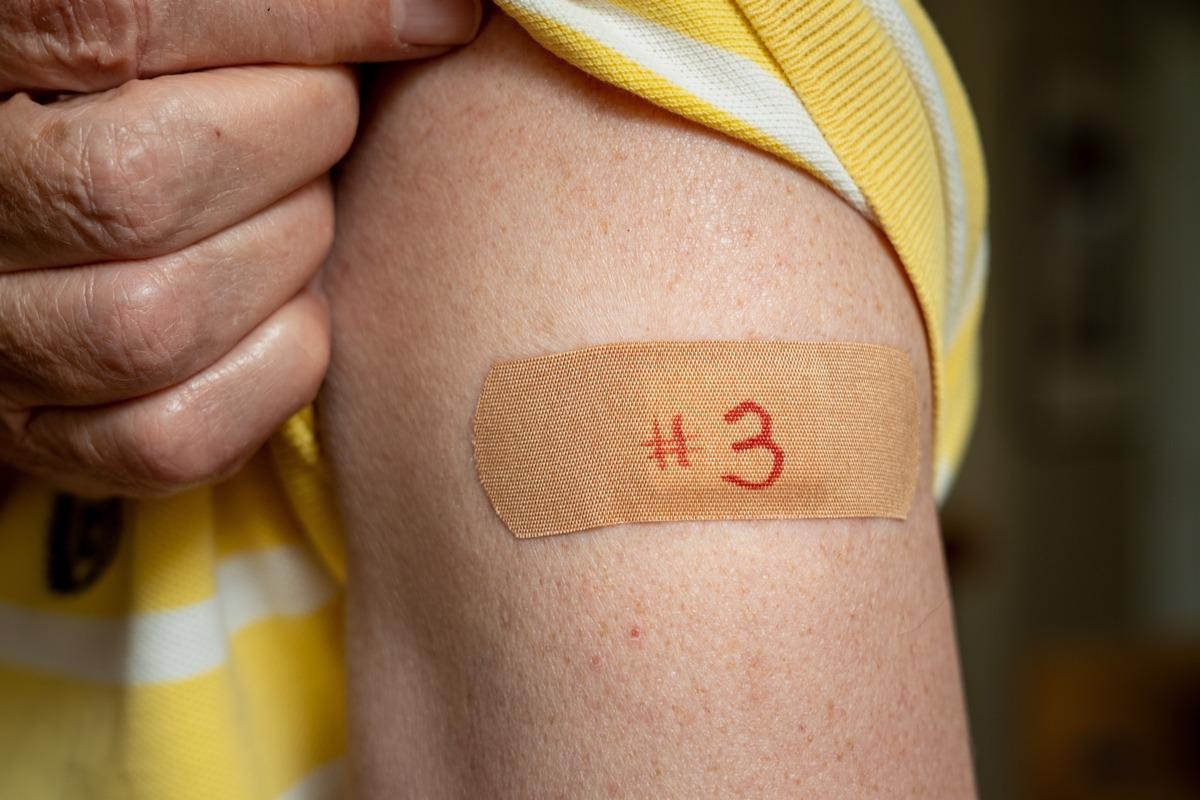In a recent study posted to the bioRxiv* preprint server, researchers assessed the immune responses induced by two doses or three doses of the BNT162b2 (BNT) vaccine or the CoronaVac (CorV) vaccine against severe acute respiratory syndrome coronavirus 2 (SARS-CoV-2) Omicron BA.2 sublineage among public servants working for the government of Hong Kong.

Background
COVID-19 vaccines have been reported to be effective with significant reductions in COVID-19-associated hospitalizations and deaths across the globe. However, the emergence of variants of concern (VOCs), particularly Omicron altered the immunogenicity of vaccines and posed a great challenge in COVID-19 mitigation.
About the study
In the present study, researchers evaluated the immunogenicity of two doses or three doses of the BNT and CorV vaccines against coronavirus disease 2019 (COVID-19) among 7,247 public servants in Hong Kong before January 2022.
During the Omicron BA.2 sublineage outbreak, 481 individuals were added to the study during the follow-up period (end of January 2022). The individuals were vaccinated with two or three homologous or heterologous doses of the BNT and CorV vaccines.
A total of 92 blood samples were obtained from the BNT and CorV vaccinated participants on days 23, 47, and 55 after the final vaccination. The frequency of spike (S)-specific B lymphocytes induced after triple vaccination was assessed. In addition, the titers of neutralizing antibodies (NAbs) against SARS-CoV-2 VOCs such as D614G, Alpha, Beta, Delta, and the three Omicron sublineages (BA.1, BA.1.1, and BA.2) were evaluated using pseudovirus assays.
Results
Over 82% and 14% of the participants were vaccinated with two and three doses, respectively, of the CorV or BNT vaccines. During the BA.2 outbreak, breakthrough infections were reported in 29% (141/482) vaccinees and were confirmed by rapid antigen tests (RAT) or reverse transcriptase-polymerase chain reaction (RT-PCR) analysis.
The incidence rates of breakthrough infections among participants vaccinated with three BNT doses (17%) were lower than among those vaccinated with two BNT doses (49%). Likewise, the incidence rates among participants vaccinated with three CorV doses (21%) were lower than among those vaccinated with two CorV doses (49%). However, the incidence rates of breakthrough infections were the least (6.3%) on heterologous vaccination with two CorV doses and one BNT dose.
Asymptomatic infections were observed among participants vaccinated with two or three homologous BNT doses, albeit at low frequencies of 4% and 3%, respectively. However, the rates of hospitalization were lower among the participants vaccinated with three homologous BNT doses (3%) compared to among those vaccinated with three homologous CorV doses (21%). On average, BNT vaccinated participants (eight days) were hospitalized for a day lesser than the CorV vaccinated participants (seven days).
The frequency of S-specific B lymphocytes induced on vaccination was significantly greater among participants vaccinated with three BNT doses (2.8%) or two CorV doses and one BNT dose (1.3%) compared to those vaccinated with three CorV doses (0.4%). Further, the S-specific B lymphocytes induced by three BNT doses peaked in four to six weeks and lasted for three months with greater mean frequency compared to three CorV doses. This indicated that S-specific memory B lymphocytes were activated predominantly by the third BNT dose and that the third CorV dose did not significantly boost S-specific B lymphocyte induction.
In the phenotypical analysis, the third BNT dose and the third CorV dose increased the frequencies of induced activated memory B lymphocytes (AM, CD21- CD27+) and resting memory (RM) B lymphocytes, respectively. Among the participants vaccinated with three BNT doses or two CorV doses and one BNT dose, AM lymphocyte frequency peaked at four weeks after the third dose and decreased thereafter, accompanied by a proportionate increase of RM lymphocytes. On the other hand, AM lymphocyte frequency remained unaltered for two months among participants vaccinated with three CorV doses.
In the pseudovirus assays, for all VOCs, the participants vaccinated with three BNT doses or two CorV doses and one BNT dose demonstrated significantly more NAbs during the activation phase (zero to four weeks after final vaccination) and memory phase (beyond four weeks of final vaccination) compared to those vaccinated with three CorV doses.
Notably, Omicron BA.2 demonstrated the greatest resistance to neutralization with 4.7-, 4.7- and 6.5-fold decreases in the neutralization titers among participants vaccinated with three BNT doses, three CorV doses, and two CorV doses and one BNT dose, respectively. However, the triple vaccination regimens activated S-specific memory B lymphocytes and cross-reactive T lymphocytes. This may be the reason for the lower incidence of breakthrough infections among triply vaccinated participants.
Of note, among participants vaccinated with two CorV doses, the heterologous BNT dose enhanced Omicron neutralization by 10- to 13-fold and 11- to 16-fold in the activation phase and memory phase, respectively. In addition, the heterologous BNT dose increased anti-Omicron responder rates from 0% to 100% during the activation and memory phases among participants vaccinated with two homologous CorV doses. This indicates that the third heterologous BNT dose significantly improved the NAb titers and the anti-Omicron responder rates among participants vaccinated with two CorV doses.
Conclusion
Overall, the study findings highlighted the enhanced immune protection conferred by triple vaccination against Omicron BA.2, which was greater on heterologous vaccination compared to homologous vaccination.
*Important notice
bioRxiv publishes preliminary scientific reports that are not peer-reviewed and, therefore, should not be regarded as conclusive, guide clinical practice/health-related behavior, or treated as established information.
- Runhong Zhou, et al. (2022). Three-dose vaccination-induced immune responses protect against SARS-CoV-2 Omicron-BA.2.. bioRxiv. doi: https://doi.org/10.1101/2022.05.09.491254 https://www.biorxiv.org/content/10.1101/2022.05.09.491254v1
Posted in: Medical Science News | Medical Research News | Disease/Infection News
Tags: Antibodies, Antigen, B Lymphocyte, Blood, Coronavirus, Coronavirus Disease COVID-19, covid-19, Frequency, Homologous, Lymphocyte, Omicron, Polymerase, Polymerase Chain Reaction, Pseudovirus, Respiratory, Reverse Transcriptase, SARS, SARS-CoV-2, Severe Acute Respiratory, Severe Acute Respiratory Syndrome, Syndrome, Vaccine

Written by
Pooja Toshniwal Paharia
Dr. based clinical-radiological diagnosis and management of oral lesions and conditions and associated maxillofacial disorders.
Source: Read Full Article